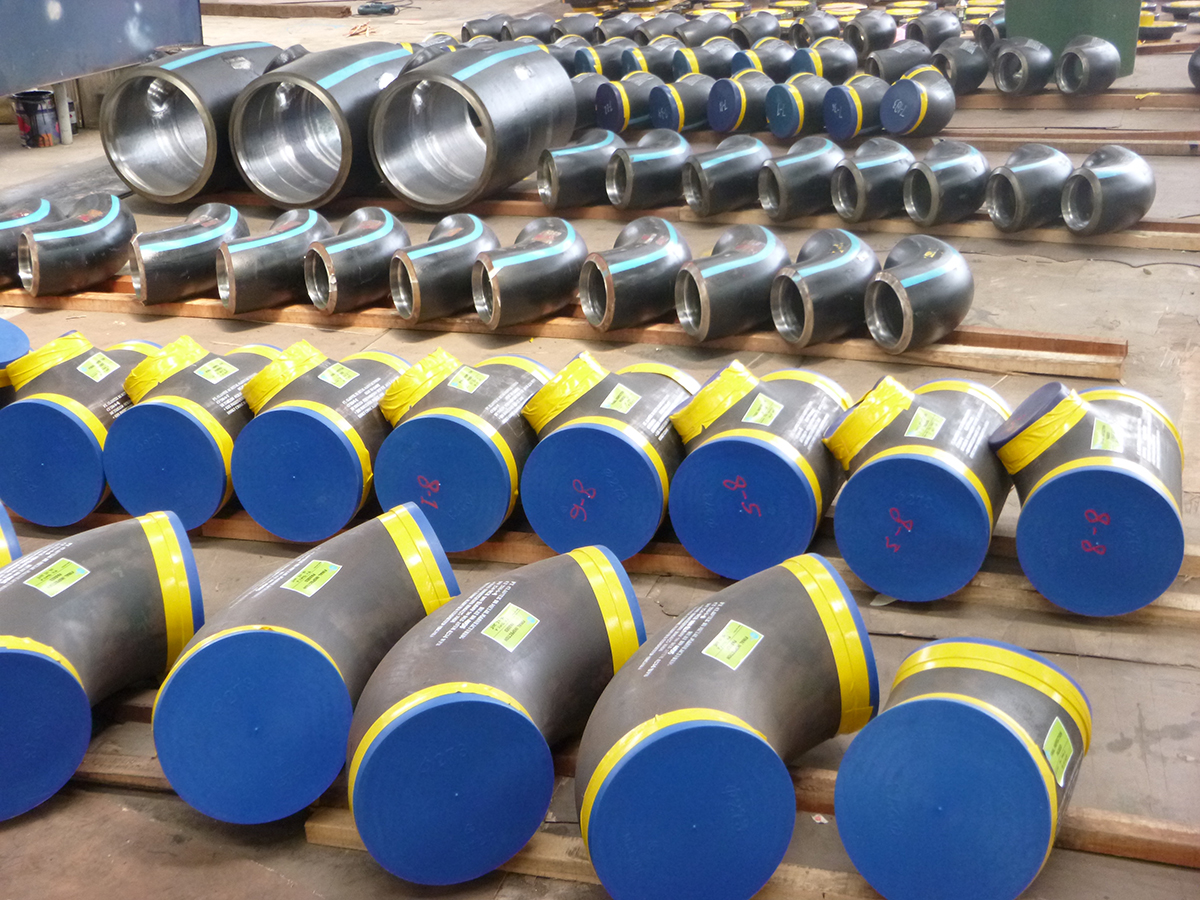
Introduction
CRA (Corrosion Resistant Alloy) clad or lined steel pipes are a type of composite pipes that are used in various industries such as oil and gas, chemical, and petrochemical. These pipes are made by bonding a layer of CRA material to the surface of a carbon steel pipe. The CRA layer provides excellent corrosion resistance, while the carbon steel provides strength and durability. This article will discuss the material selection, standard specification, manufacturing, and testing of CRA clad or lined steel pipes.
Material Selection and Standard Specification for clad or lined pipe?
Material Selection
The selection of materials for CRA clad or lined steel pipes is critical to ensure the pipes’ performance and longevity. The CRA layer is typically made of alloys such as nickel-based alloys, titanium, or zirconium. These alloys provide excellent corrosion resistance in harsh environments such as high temperature, high pressure, and corrosive fluids. The selection of the CRA material depends on the specific application, such as the type of fluid, temperature, pressure, and concentration of corrosive agents.
The carbon steel pipe’s selection is also essential to ensure the pipe’s strength and durability. The carbon steel pipe’s grade and thickness depend on the design requirements, such as the pressure rating, temperature, and fluid properties. The carbon steel pipe’s surface finish is also critical to ensure proper bonding with the CRA layer. The surface finish should be free of rust, scale, and other contaminants that can affect the bonding process.
Standard Specification
The standard specification for CRA clad or lined steel pipes varies depending on the application and industry. The most commonly used standards are API 5LD, ASTM A263, ASTM A264, ASTM A265, and ASTM B898. These standards provide guidelines for the material selection, manufacturing, testing, and inspection of CRA clad or lined steel pipes.
API 5LD is the standard specification for CRA clad or lined steel pipes used in the oil and gas industry. This standard covers the requirements for seamless and welded clad or lined steel pipes for offshore and onshore pipelines. The standard specifies the material requirements, manufacturing process, testing, and inspection procedures.
ASTM A263, ASTM A264, and ASTM A265 are the standard specifications for clad steel plates used in various industries. These standards cover the requirements for bonding a layer of CRA material to the surface of a carbon steel plate. The standards specify the material requirements, bonding process, testing, and inspection procedures.
ASTM B898 is the standard specification for explosive bonding of clad plates. This standard covers the requirements for bonding a layer of CRA material to the surface of a carbon steel plate using explosive welding. The standard specifies the material requirements, bonding process, testing, and inspection procedures.
An extensive range of stainless steel and non-ferrous alloy materials to suit the temperature requirements can be used as cladded pipe material. In normal industrial applications the following materials are found suitable as cladding materials:
Stainless Steel SS 304, SS 316, SS 317, SS410,
Duplex Stainless Steel,
Alloy Steel 254 SMO 904,
Incoloy alloy 825, Inconel alloy 59, Inconel alloy 625,
Hastelloy C-276,
Hastelloy C-22,
Hastelloy B3,
UNS N0 8825, UNS N06625, UNS N04400,
Alloy 31,
AL6NX,
Alloy 20,
Monel alloy 400,
Zirconium,
Titanium, and
some copper alloys
The cladding material shall conform to ASTM A265, B898, B424, B443, B619, A240, A263, A264, B622, B675, B265, B551, etc. The thickness of the CRA layer is normally 0.25 mm to 6 mm.
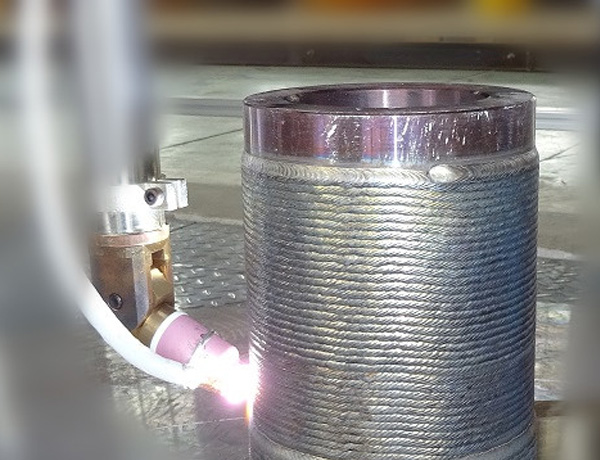
Manufacturing of CRA Clad or Lined Steel Pipes
The manufacturing of CRA clad or lined steel pipes involves several steps, including surface preparation, bonding, heat treatment, and finishing.
Surface Preparation
The surface preparation of the carbon steel pipe is critical to ensure proper bonding with the CRA layer. The surface should be free of rust, scale, and other contaminants that can affect the bonding process. The surface is typically cleaned using abrasive blasting or chemical cleaning.
Bonding
The bonding process involves applying a layer of CRA material to the surface of the carbon steel pipe. The bonding process can be achieved using various methods, including explosion welding, roll bonding, and metallurgical bonding. The bonding process should be performed under controlled conditions to ensure proper bonding and minimize defects.
Heat Treatment
The heat treatment process is essential to ensure the CRA layer’s metallurgical bonding with the carbon steel pipe. The heat treatment process involves heating the pipe to a specific temperature and holding it for a specific time. The heat treatment process can be performed using various methods, including furnace heating, induction heating, and resistance heating.
Finishing
The finishing process involves cleaning, inspection, and coating of the CRA clad or lined steel pipe. The pipe’s surface should be cleaned to remove any contaminants that may have accumulated during the manufacturing process. The pipe should be inspected to ensure that it meets the specified requirements. The pipe can be coated with various materials, including epoxy, polyethylene, and polyurethane, to provide additional protection against corrosion.
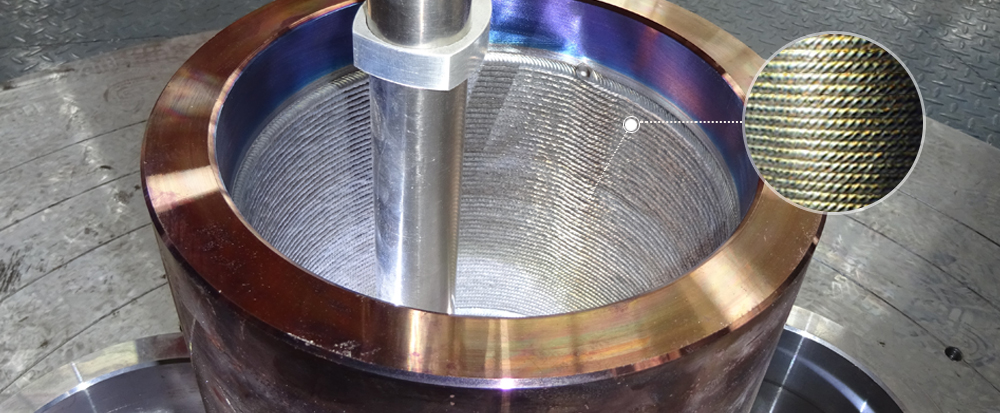
how Tests and Inspection Clad or Lined Steel Pipes?
Tests and Inspection
The tests and inspection of CRA clad or lined steel pipes are critical to ensure the pipes’ quality and performance. The tests and inspection procedures should be performed according to the specified standards and procedures.
Visual Inspection
The visual inspection involves examining the pipe’s surface for any defects, such as cracks, porosity, or delamination. The visual inspection should be performed before and after the bonding process.
Ultrasonic Testing
The ultrasonic testing involves using high-frequency sound waves to detect any defects in the pipe’s structure. The ultrasonic testing can detect defects such as cracks, voids, and inclusions.
Radiographic Testing
The radiographic testing involves using X-rays or gamma rays to detect any defects in the pipe’s structure. The radiographic testing can detect defects such as cracks, porosity, and inclusions.
Hydrostatic Testing
The hydrostatic testing involves filling the pipe with water or another fluid and pressurizing it to a specified pressure. The hydro
Difference between cladded pipe and lined pipe
Lined pipe – Between the material of the pipe and the lined pipe, there is a mechanical bonding is called lined pipe. We may benefit from the strength of carbon steel as well as the lined material’s ability to resist corrosion by putting it to a carbon steel pipe. PTFE Rubber, Glass, and FRP are often used lining materials (Fiber reinforced plastic)
Cladded pipe – It is bimetallic and made of a base material that is metallurgically connected to an internal corrosion-resistant alloy (CRA) layer.
| Cladded pipe | Lined pipe |
| Cladding is created using metallic materials. | Non-metallic substance is used for the lining. |
| Weld explosion bonding or an overlay technique. | the use of glue in mechanical bonding |
| suitable for high-temperature and high-pressure applications. | Usual in low pressure and low temperature applications |
| Economically expensive | Comparably less expensive. |
| difficult manufacture | As a result of flanged joints, fabrication is simple. |

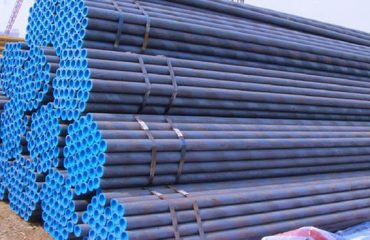
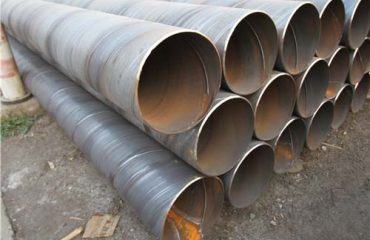
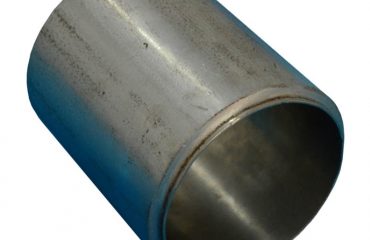
You must be logged in to post a comment.